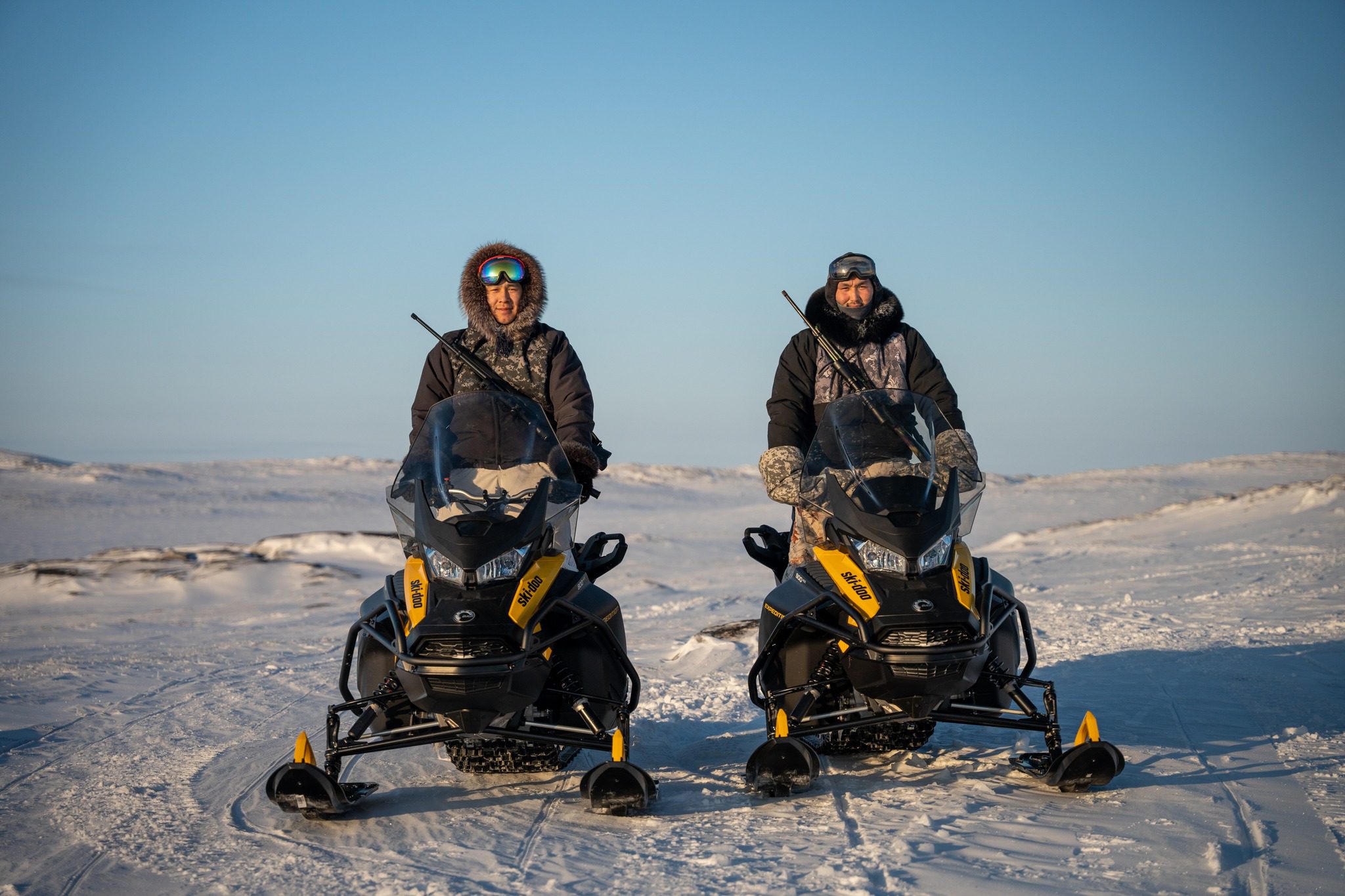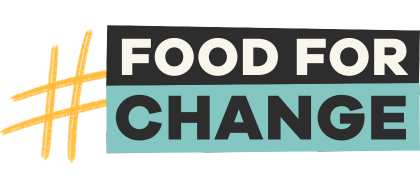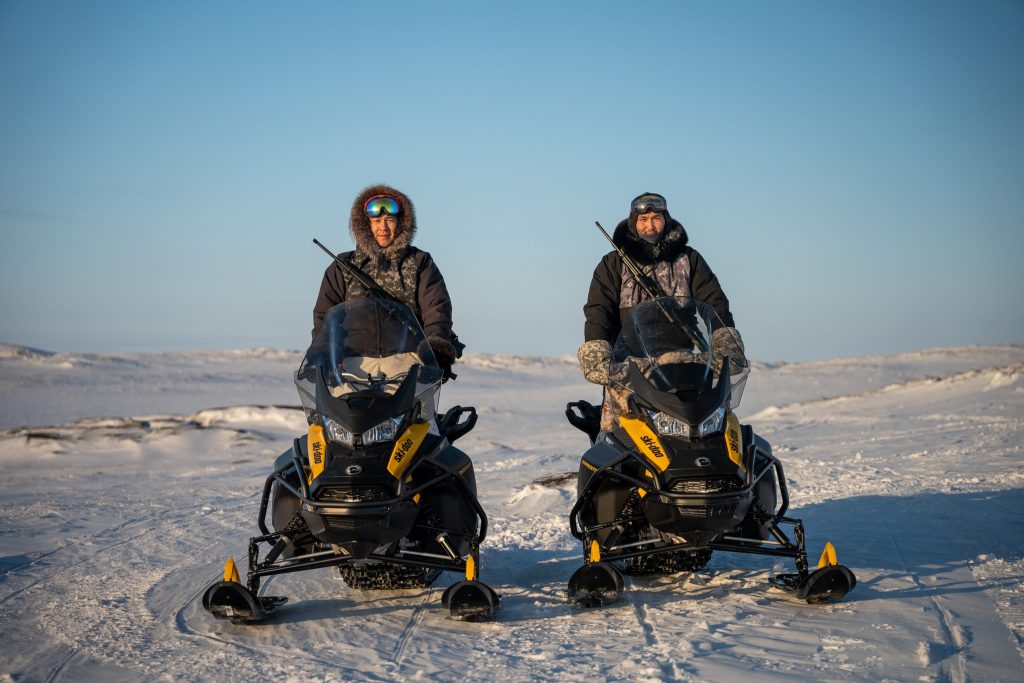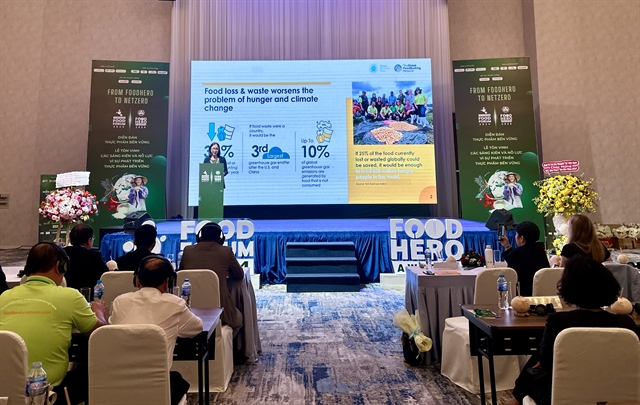Many Canadians who live in remote northern communities in the experience disproportionate levels of food insecurity due to a number of factors, including the high cost of food and lack of proper infrastructure and transportation.
While these communities are among the lowest contributors to greenhouse emissions in the country, research shows they are among the most exposed to climate change impacts, exacerbating food insecurity further.
Food Banks Canada, a network of more than 5,100 hunger relief organizations and members of The Global Food Banking Network (GFN), is supporting northern communities struggling with high food prices. That support begins with building trusting and long-lasting relationships with community members and agencies, as well as local governments to work together to reduce food insecurity in northern communities. Food Banks Canada is also investing CA$1 million a year for three years toward northern capacity and food security initiatives as part of their ongoing work to improve access to food in all parts of the country.
In 2023, GFN supported this work through a grant to Food Banks Canada for their After the Bell program, which addresses child hunger during the summer months when school nutrition programs aren’t available. After the Bell reaches every province and territory in Canada, including small, remote northern communities.
Recently, Kirstin Beardsley, the CEO of Food Banks Canada, was gracious enough to tell us more about her organization’s work with remote northern communities experiencing hunger.

GFN: Tell us about the remote communities that you serve in Northern Canada. What challenges do you face there when it comes to distributing food?
Kirstin Beardsley: Food Banks Canada is committed to truth and reconciliation with Indigenous Peoples and building positive relationships with Indigenous communities across Canada and in the North. The First Nations, Métis, and Inuit communities must be in the driver’s seat, and we must prioritize the recognition of traditional knowledge while working together on the issue of food insecurity and food sovereignty of Indigenous Peoples across the country.
Many of the northern and remote communities we support are underserved in the context of not having sufficient access to essential services and are experiencing disproportionate levels of poverty and food insecurity. These problems are due to being so remote and because of isolation as well as the impacts of colonization and socioeconomic inequities.
A lack of access to logistics, proper infrastructure, cost, and transportation exacerbates this issue. Except for traditional food gathering, all food must be shipped or delivered to remote northern communities by air, ice road, sealift, or barge. Transportation options are expensive and becoming increasingly more difficult as the effects of climate change accelerate and cause transportation costs to surge, impacted by extreme weather.
How have you addressed these challenges?
Our team at Food Banks Canada is addressing these critical issues by building meaningful relationships with isolated Indigenous communities across the most northern and remote parts of the country and providing various grants and funding opportunities to support local food security initiatives that are both community-focused and community-led. More and more, northern communities that face incredibly high food prices are looking to food banks for these types of grants to increase access to country foods and support traditional hunting, harvesting, and food-sharing activities.
What does your programming look like in these communities?
Our programming in northern communities is based on being community-focused and community-led, including traditional hunting and harvesting programs as well as food bank services. Some of our biggest successes to date include shipping 17,000 pounds of healthy, nutritious food to the remote northern community of Island Lake in Manitoba, the opening of the first food bank in Aklavik, N.W.T., funding skidoos for Sirivik, a food center in Inukjuak, Nunavik, and supporting the Angunasuktiit land-based programming and research in Clyde River NU. These programs support time spent on the land to ensure community members have more country food available in their programs.

How do you make sure you’re meeting the unique needs of these communities through your programs?
Food Banks Canada’s team members visit and cultivate genuine connections in communities across Northern Canada, meeting in community halls, at schools, and in leadership offices to help build in-person relationships and take collaborative action with Indigenous leaders, elders and youth, and all local agencies and community services involved in building food security in the community. In 2023, Food Banks Canada also launched a six-month community consultation and engagement process with consultants to ensure the voices of northern communities are at the center of our northern strategy and our advocacy as we continue our collective work in the North.
How do you hope this work expands in the future?
We will be growing our network in the North to provide more outreach and engagement through community-focused and community-led food security initiatives. We’re working to build and grow Food Banks Canada’s relationships in remote northern communities across the nation with the goal of realizing our vision of a Canada where no one goes hungry.
The Global Foodbanking Network











